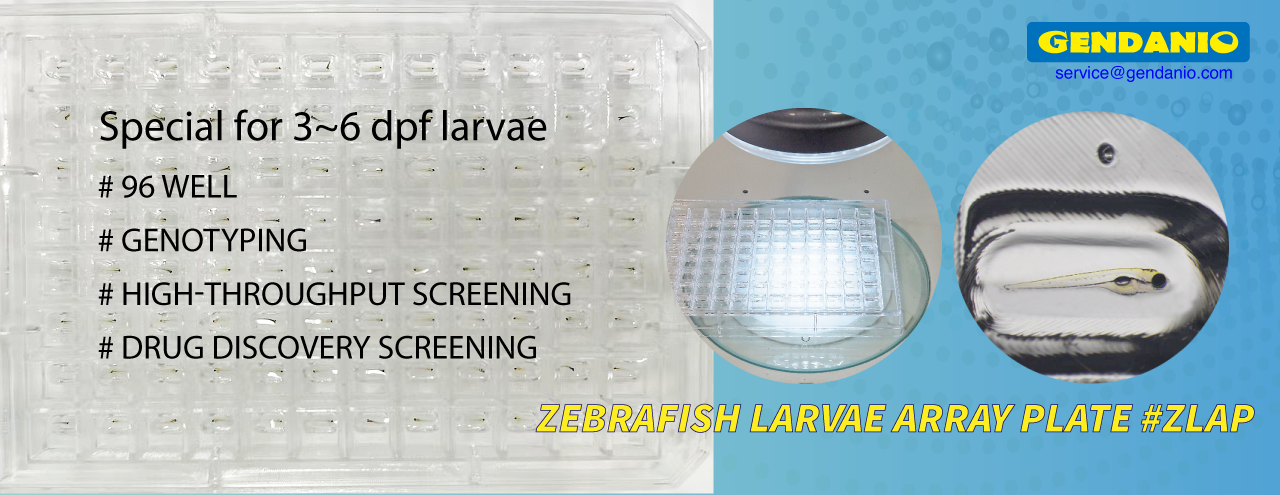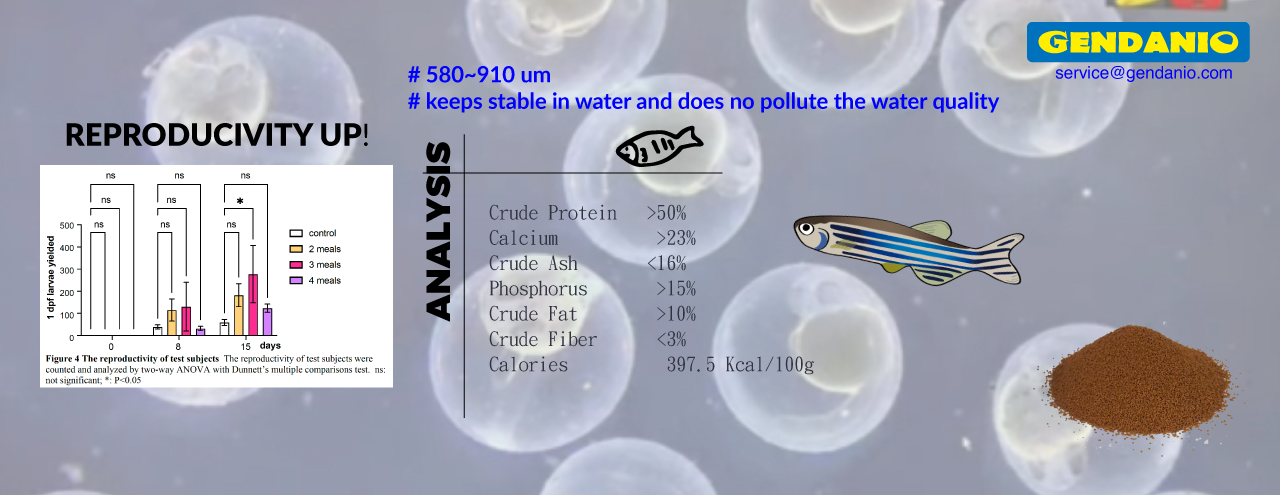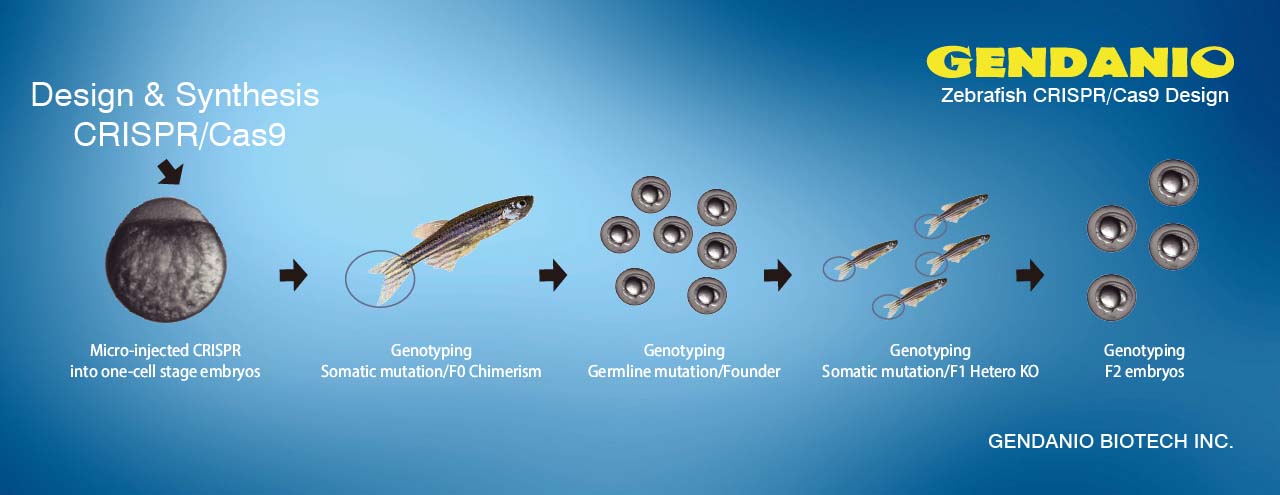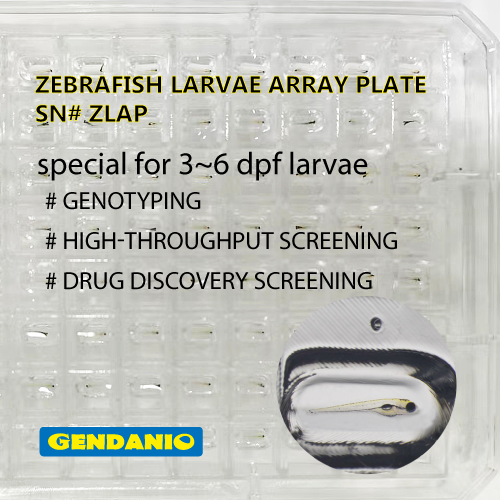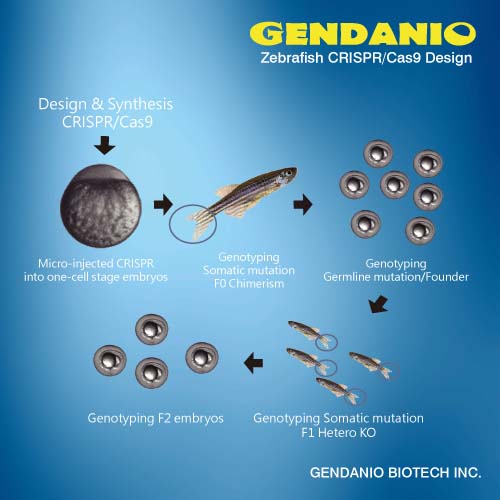ScienceDaily (Nov. 10, 2006) — Inhibiting a particular cancer-causing gene can enhance the cell-killing effects of radiation, a team of radiation oncologists and cancer biologists at the Kimmel Cancer Center at Thomas Jefferson University in Philadelphia have found.
Adam Dicker, M.D., Ph.D., professor of radiation oncology at Jefferson Medical College and his co-workers used an increasingly common animal model, the zebrafish, and antisense technology to show that the drug flavopiridol works by blocking the activity of the gene, cyclin D1, which is made in excessive amounts in about half of all breast cancers. Using similar techniques in the future, the scientists say, may enable researchers to better gauge the effects of drugs.
According to Dr. Dicker, flavopiridol was found to inhibit cyclins, a family of genes vital to cell functioning. When it was initially tested in clinical trials, it was found to be toxic in humans. But in the laboratory, it added to the cell-killing effects of ionizing radiation, which is used to treat cancer. No one was sure why.
To find out, Dr. Dicker and his group turned to zebrafish. If they understood how the drug was causing toxicity, they or someone else could potentially design molecular copycat drugs that worked just as well, but were less toxic.
“Zebrafish enabled us to add a vertebrate system to examine both efficacy and toxicity issues,” he notes.
In the work, Dr. Dicker and his co-workers first showed that flavopiridol-treated zebrafish embryos were much more sensitive than normal zebrafish to the effects of radiation. Then, believing that this effect stemmed from the drug’s ability to block cyclin D, they used antisense technology to “knock down” – reduce the expression of – several cyclin genes, including cyclin D1.
Antisense DNA drugs work by binding to RNA messages from a target gene. The genetic code in the RNA cannot be read, essentially turning off the gene.
“We think that the radiosensitization is primarily due to cyclin D1,” Dr. Dicker says. “We were able to genetically reduce the amount of cyclin D1 through the antisense technology, and when compared to embryos treated with radiation and flavopiridol, we saw that the effects were essentially identical. This shows the power of the system. Flavopiridol hits five or six cyclins and this allows us to find which cyclins are responsible for the radiosensitive effects.
“Theoretically, if we had a drug that inhibited several cyclins, we could understand the effect of inhibiting each cyclin by knocking it down with antisense,” he says. “The technique helps explain drug function.”
Source: ScienceDaily


